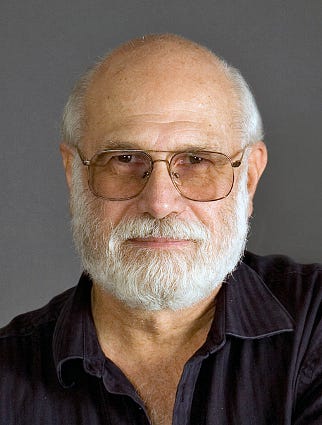March 11, 2015
In the late nineteenth century, architect Louis Sullivan penned the now famous dictum: "Form follows 
B - Charlie.jpg
function." It has since become a watchword-or watchphrase-informing all types of industrial design, and leading to ever sleeker forms for manufactured products.Designers of humanoid robots-androids-don't seem to have got the point, though. Over the past couple of months, there has been much noise floating around the Internet centered on a slide show exploring what robotics professor Masahiro Mori called the "uncanny valley." According to the theory, robots engender more positive responses from humans as their appearance approaches that of human form, except for a region-the "uncanny valley"-where the form is almost, but not quite, human. Humans find robots falling into that valley disgusting. The slide show makes the point by providing examples of humanoid robots with varying degrees of similarity to human appearance. It's very clear that the theory models a very real phenomenon.
But, is there any point to it?
What the %$&* is a robot doing with long reddish-brown hair?
The whole issue disappears when Sullivan's dictum is applied. Unless you are building an animatronic sex doll, there is no need for any robot to conform to human appearance. And, if you take my advice from earlier columns about the kinds of jobs appropriate for robotic systems, you aren't going to build an animatronic sex doll. You don't need to build one. The hooker on the corner will do a better job for less money.
In answer to those designers who suggest that the human being is the most successful general-purpose automated system ever conceived, I say: "Well, yeah!"
The human being is the most successful general-purpose automated system ever conceived, and they are already available in a variety of models with different features and a range of capabilities. They're called "people."
There's no reason to design any artificial ones. If you want a highly sophisticated general-purpose automated system, the unemployment lines are full of them. Go hire one. It'll come with all kinds of neat ease-of-use features, like natural-language programming and self-maintenance. Most of them will even wash themselves!
You don't even have to make big capital investments. In most civilized countries, private ownership of humans is illegal. Depending on the kind of job you want them to do, you can rent them by the hour, or arrange longer term service contracts.
What we really need to design are much simpler special-purpose automated systems sans the compromises and special features that make people so successful as general-purpose systems. It is, after all, the advanced programmability features, such as self-motivation, that give rise to human-system difficulties like laziness, boredom, chemical dependency and job hunting. You don't want to design those things into your special-purpose robots!
About the Author(s)
You May Also Like


